
Deborah Norris, Ph.D. is a yoga professional instructor, trainer and teacher at The Mindfulness Center, ™, based in Washington, D.C. She is Psychologist-in-Residence and Director of the Psychobiology of Healing Program at American University, and past professor at Georgetown University Medical School and is renowned for her online meditation teacher programs, The Science of Mindful Awareness (SOMA). Dr. Norris tells us the many different types of yoga.

Plain and simple, yoga is the union between the body, mind, and spirit. It is a place of discovery and connection with your own body that encompasses balance, proper stretching techniques, breathing, meditation, centering the mind and spirit — that’s yoga in its real form.”
However, you’ll find that every type of yoga has a slightly different definition or interpretation. That is why we see things like goat yoga (a.k.a. doing yoga with goats running and jumping around) popping up alongside traditional forms like Iyengar and ashtanga.
But above all, yoga ignores the “no pain, no gain” philosophy that’s rife in fitness communities. Yoga is not a place to push through, go beyond your edge, or ignore your body. The primary tenet is ahimsa, or non-harming, and that starts with choosing the right type of yoga for you.

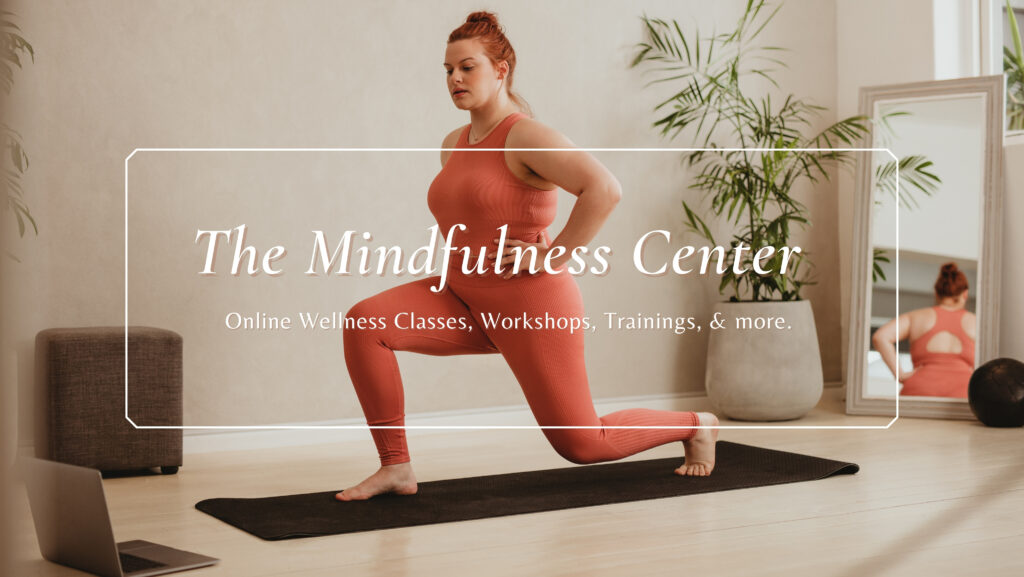


Vinyasa-style yoga combines a series of flowing postures with rhythmic breathing for an intense body-mind workout. Here are a few different types:
The practice of Ashtanga that’s getting mainstream attention today is a fast-paced series of sequential postures practiced by the late yoga master K. Pattabhi Jois, who lived in Mysore, India. Jois was later accused of assault, but yogis continue to practice Ashtanga worldwide, making it one of the most popular schools of yoga around.
The system is based on six series of asanas which increase in difficulty, allowing students to work at their own pace. In class, you’ll be led nonstop through one or more of the series. There’s no time for adjustments with this type of yoga—you’ll be encouraged to breathe as you move from pose to pose. Be prepared to sweat.
In 1995, Bender Birch set out to challenge Americans’ understanding of what it really means to be fit with her book Power Yoga. Bender Birch’s intention was to give a Western spin to the practice of Ashtanga Yoga, a challenging and disciplined series of poses designed to create heat and energy flow.
“Most people wouldn’t take a class called Ashtanga Yoga, because they had no idea what it meant. Power Yoga, on the other hand, was something Americans could relate to and know that they’d get a good workout,” says Bender Birch.
This type of yoga’s popularity has spread to health clubs across the country and has taken on a broad range of applications. The common thread is a rigorous workout that develops strength and flexibility while keeping students on the move. For specifics, consult individual instructors before signing up for a class. For more information visit Thom Birch and Beryl Bender Birch’s website, power-yoga.com.
Yogi Bhajan, teacher, and spiritual leader, brought this style of yoga to the West in the late 1960s. “Kundalini” in Sanskrit translates to “life force energy” (known as prana or chi in the yoga community), which is thought to be tightly coiled at the base of the spine. These yoga sequences are carefully designed to stimulate or unlock this energy and to reduce stress and negative thinking. “You get to elevate your consciousness and feel great,” says Veronica Parker, an E-RYT 200, and a certified kundalini yoga teacher.
This is accomplished by challenging both mind and body with chanting, singing, meditation, and kriyas (specific series of poses paired with breath work and chanting). You might notice everyone is wearing white, as it’s believed to deflect negativity and increase your aura. Typically, a kundalini class starts with a mantra (a focus for the class), then includes breathing exercises, warmups to get the body moving, increasingly more challenging poses, and a final relaxation and meditation, says Parker.
Hatha yoga derives its name from the Sanskrit words for sun and moon, and it’s designed to balance opposing forces. The balance in hatha yoga might come from strength and flexibility, physical and mental energy, or breath and the body. “Hatha is a blanket term for many different ‘styles’ and schools that use the body as a means for self-inquiry,” says Jennifer Campbell-Overbeeke, E-RYT 500.
It’s often used as a catch-all term for the physical side of yoga, is more traditional in nature, or is billed as yoga for beginners.
To be considered hatha, classes must include a mix of asana (poses), pranayama (breathing exercises), and meditation, so other types of yoga — like Iyengar, ashtanga, or Bikram — are technically considered to be hatha yoga as well.
Ashtanga yoga consists of six series of specific poses taught in order. Each pose and each series is “given” to a student when their teacher decides they have mastered the previous one. This is a very physical, flow-style yoga with spiritual components — you might remember it as the type Madonna did in the late ’90s. Ashtanga teachers give hands-on adjustments, and in Mysore-style studios (named after the city where the practice’s guru, Sri K. Pattabhi Jois, lived and taught), each student has a unique practice.
Ashtanga vinyasa yoga is often taught as “led” classes in the West, where the first or second series is taught from start to finish over the course of 90 minutes to two hours. There is no music played in ashtanga classes.
Yin yoga is a slower style of yoga in which poses are held for a minute and eventually up to five minutes or more. It is a type of yoga with roots in martial arts as well as yoga, and it’s designed to increase circulation in the joints and improve flexibility. The practice focuses on the hips, lower back, and thighs and uses props like bolsters, blankets, and blocks to let gravity do the work, helping to relax. While other forms of yoga focus on the major muscle groups, yin yoga targets the body’s connective tissues.
Yin also aids recovery from hard workouts. “Adding a deep stretch and holding class like yin can be extremely beneficial to a strong body,” says Megan Kearney, a Yoga Medicine instructor. Holding poses longer benefits the mind as well as the body, providing a chance to practice being still. “This is a beautiful practice that honors stillness,” says Moore-Tucker. “This style of practice is a great balance for vinyasa flow.”
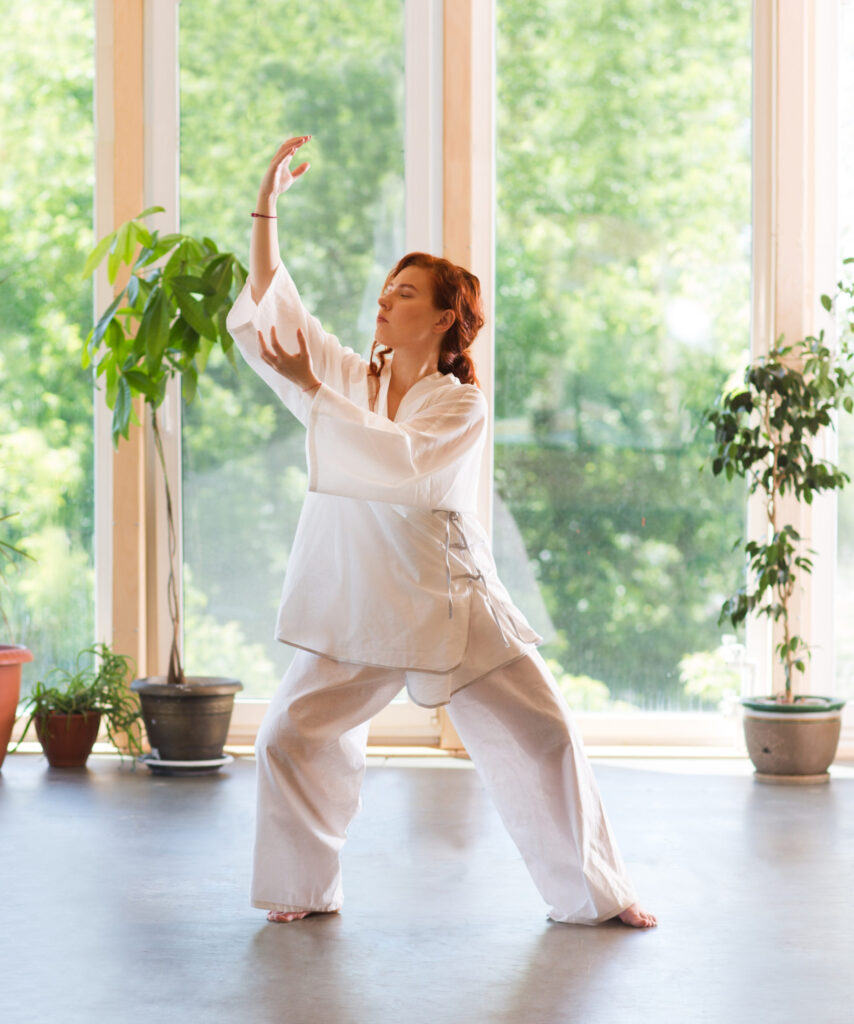
This type of yoga became popular in the US in the 1970s. Iyengar yoga is known for the high level of training required of its teachers and for its resourceful use of props. While considered optional in many practices, multiple props are used in Iyengar classes — including chairs, walls, and benches, in addition to more common ones like straps, blocks, and bolsters.
Paul Keoni Chun, an E-RYT 200, likes this more static form of yoga for older adults, since it “emphsizes detailed alignment and longer holds of positions.” Iyengar yoga is usually less intense than other types of yoga, although that can vary based on the instructor or class. But generally, it’s suitable for people of all ages and skill levels.
Bikram Choudhury developed Bikram yoga. It is a form of hot yoga. These classes, like ashtanga classes, consist of a set series of poses performed in the same order, and the practice has strict rules. Each class is 90 minutes, with 26 postures and two breathing exercises, and the room must be 105° Fahrenheit with 40 percent humidity. Additionally, instructors do not adjust students.
Since Bikram yoga has so many rules, many studios simply call their classes “hot yoga” so they can customize their offerings. Devotees of hot yoga tout the massive amount of sweat and the added flexibility the practice gives them.
“Practicing yoga in a heated environment allows students to get deeper into postures, improves circulation, and aids in detoxifying the body,” says Natalie Sleik, RYT 200, who teaches hot power yoga.
Like vinyasa yoga, power yoga traces its roots to ashtanga but is less regimented and is more open to interpretation by individual teachers. “Power yoga is generally more active and is done at a quicker pace than other styles of yoga,” says Chun.
Sleik adds that “power yoga strengthens the muscles while also increasing flexibility. The variation of sequences keeps the brain engaged while you work all muscle groups in the body.”
Power yoga can be hot yoga or not, and some studios offer a mix of power and slow flow yoga to ease students into this intense practice. Fans of power yoga may also like buti yoga, which is just as physical but also includes tribal dance, primal movements, and plenty of core work.
Who Might Like It: Those who like ashtanga but want less rigidity, anyone who wants a good workout, and anyone who wants a less spiritual yoga practice.
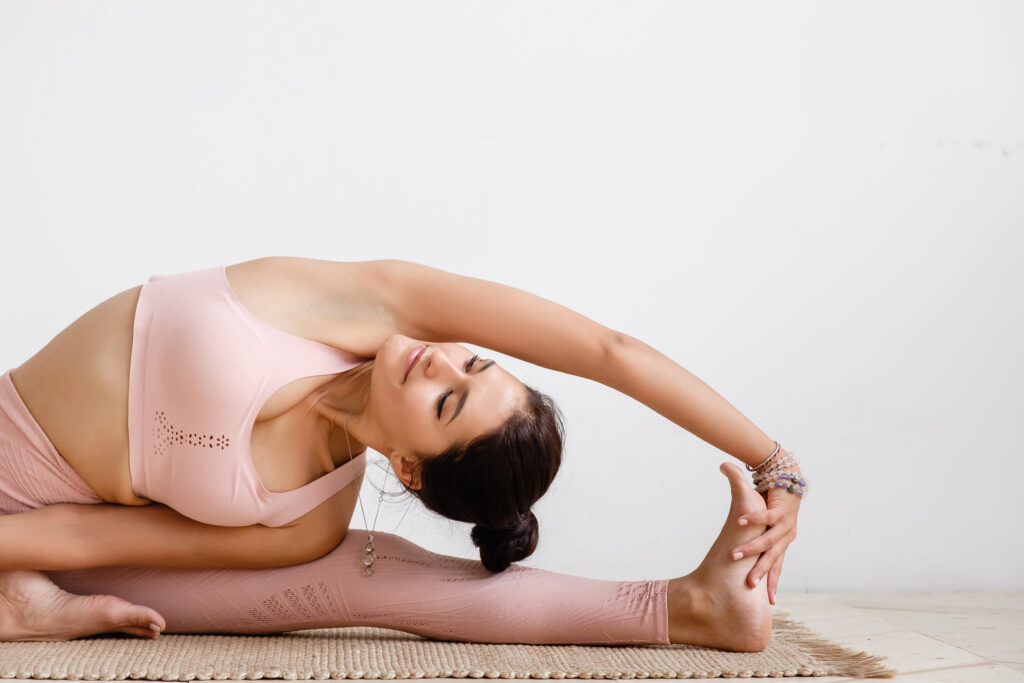
Sivananda yoga is a form of hatha yoga based on the teachings of Hindu spiritual teacher Swami Sivananda. Classes are generally relaxing: while most yoga classes end with savasana (a final relaxation/corpse pose), Sivananda starts with this pose, then moves into breathing exercises, sun salutations, and then 12 basic asanas.
Designed to support overall health and wellness, Sivananda yoga is appropriate for all levels and ages.
Who Might Like It: Those looking for a gentler form of yoga, anyone who wants a more spiritual practice.
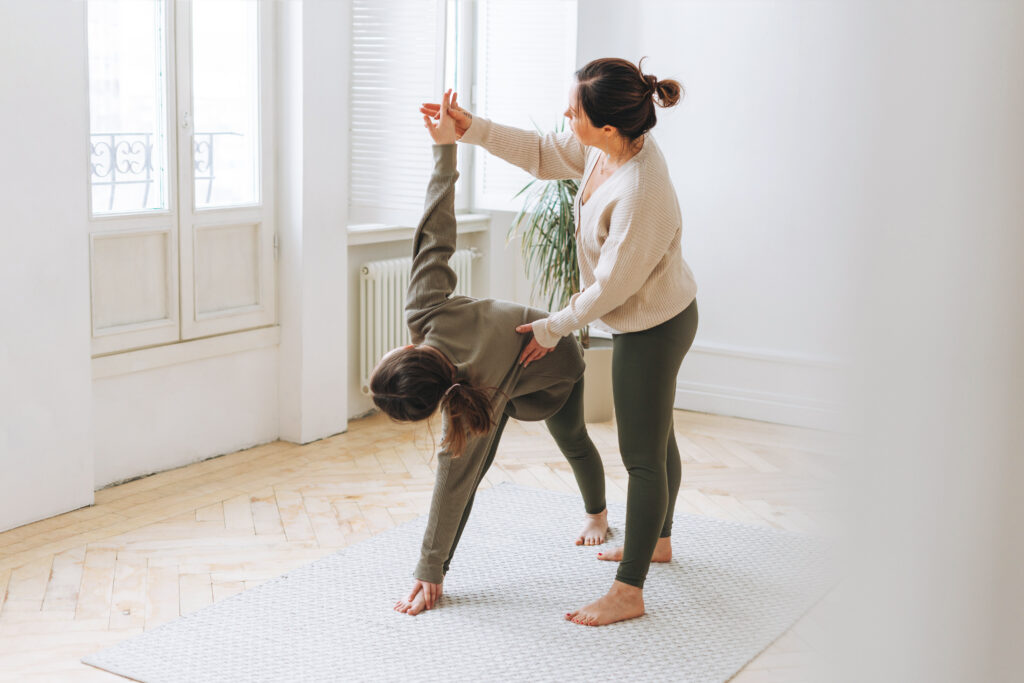
If you walked by a restorative yoga class, you might think everyone was taking a nap on their mats. This form of yoga uses props to support the body. The goal is to completely relax into poses, which are held for at least five minutes but often longer. This means that you might only do a handful of poses in a class, and it’s perfectly acceptable to drift into sleep during them.
Some teachers might even lead you through yoga nidra – a guided meditation that allows you to hover blissfully between sleep and wake. One hour in yoga nidra is said to equal a few hours of shuteye, and while that can be a good self-care tool, it can’t replace a healthy night’s sleep.
Though all different types of yoga can aid stress relief and brain health, restorative yoga places its focus on down-regulating the nervous system. Restorative yoga can benefit those who need to chill out and de-stress, and it can also be used as part of your rest-day self-care.
Who Might Like It: Anyone who needs to de-stress, those dealing with pain, and someone who struggles to relax.
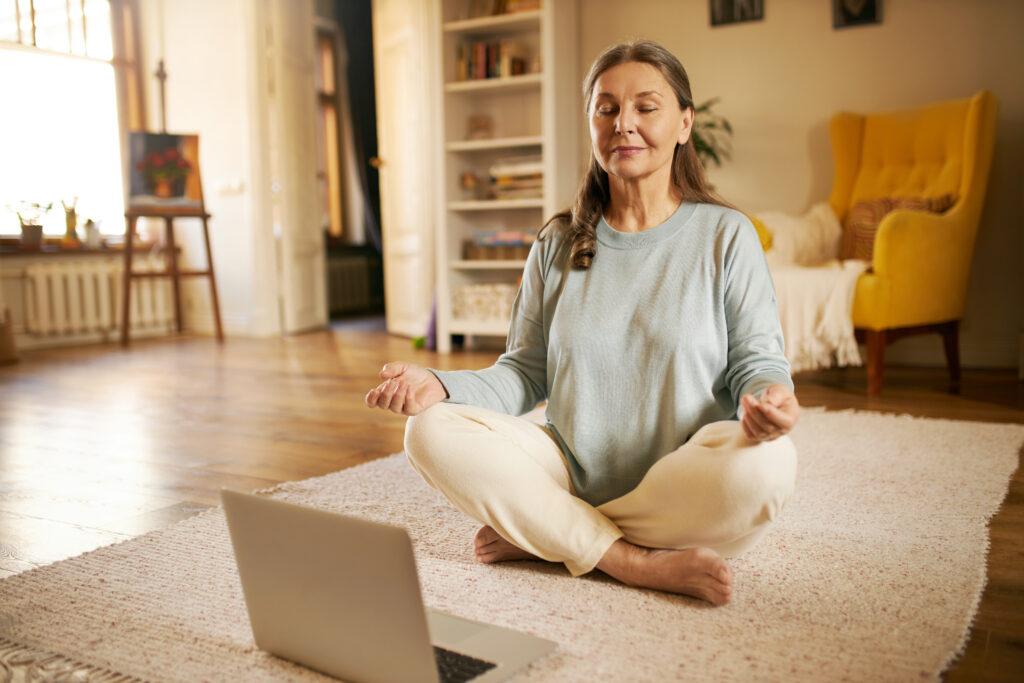
Yoga can be a wonderful workout for moms-to-be. It often focuses on easing pains associated with pregnancy, such as sore hips or an aching low back. Prenatal yogaprovides stress relief, exercise, and self-care in one session, and the breathing exercises can come in handy during labor and delivery.
Since this is a practice designed specifically for moms-to-be, it excludes poses that might be too taxing or unsafe for the changing body. (But make sure you check in with your doctor before beginning a yoga practice, if you are pregnant.) Yoga for pregnancy, such as the Active Maternity series on Beachbody On Demand, also often includes plenty of exercises to prepare your body for delivery, like squats and pelvic floor work.
Who Might Like It: Moms-to-be and new moms who are easing back into exercise.
Aerial yoga — sometimes called anti-gravity yoga — is relatively new, but quickly catching on. It involves traditional yoga poses with the added support of a strong, silky hammock that hangs from the ceiling. The hammock is used as a supportive prop in poses like pigeon or downward dog, and helps you more easily perform inverted poses (like headstands and handstands) that might be beyond your abilities or comfort levels. It’s also used for a cocoon-like savasana (the final resting pose at the end of a yoga class). Classes can be either physically challenging or relaxing.
Acro yoga takes familiar yoga poses — like downward dog or plank — and makes them double the fun (and sometimes double the work) by adding a partner. One partner serves as the “base” on the ground, while the other is the “flyer” who contorts themselves on the soles of the base’s feet. (A spotter should always be involved for safety).
This type of yoga helps you playfully explore your mind-body connection, develops effective communication skills with a partner, and aids in setting appropriate boundaries.
If you work as a base, it builds a strong lower body and core. Working as a flyer requires flexibility and strength, not to mention trust.
Who Might Like It: Those who enjoy practicing with a partner, couples looking to build trust and intimacy, or anyone with an adventurous streak who likes to go upside down.